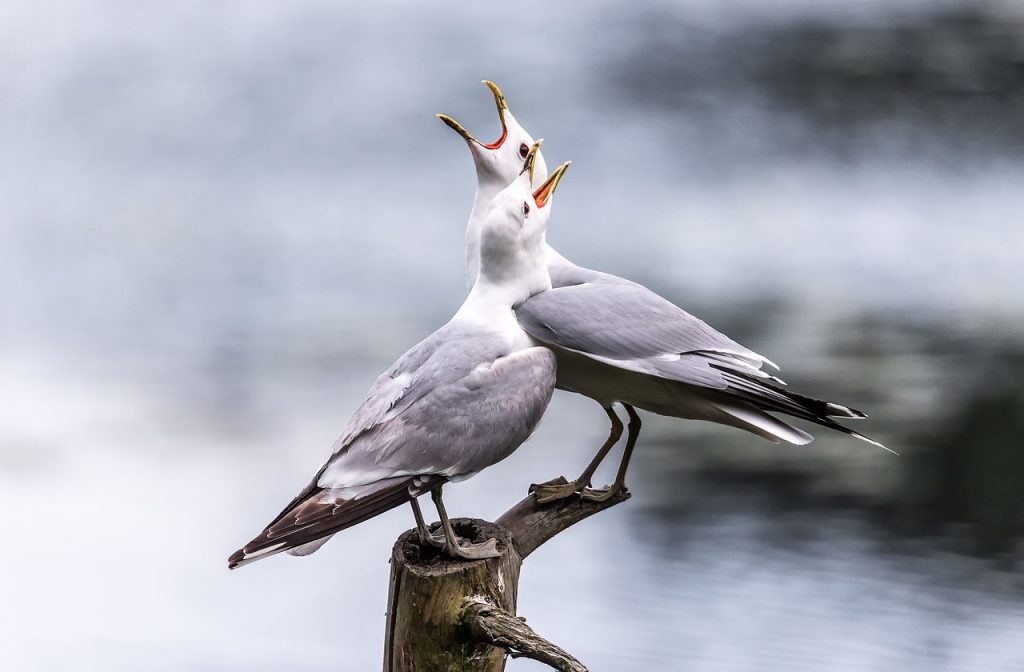
Hi everyone, last week was my kids’ first week of school. This always brings bittersweet emotions as I watch my little ones find their lines, reconnect with their friends, and increase a notch in their confidence and independence. I know the days of them holding my hands as we walk to their classes each morning are numbered, as are the moments when they turn around to wave to me before they disappear behind the walls and doors of their school. It’s beautiful. But also heart-wrenching, when I let myself ruminate about the unforgiving passage of time.
But this post is not about my kids. While dealing with the logistics of school starting, I was filled with appreciation for the nonprofits and nonprofit professionals in our sector. Kiet, my younger one, asked when his “art classes” will start up again. This is an after-school program run by a local organization here. Last year, I dropped by the program, and the wonderful staff were leading creative games and having the kids express themselves by drawing on little squares of paper.
Continue reading →




